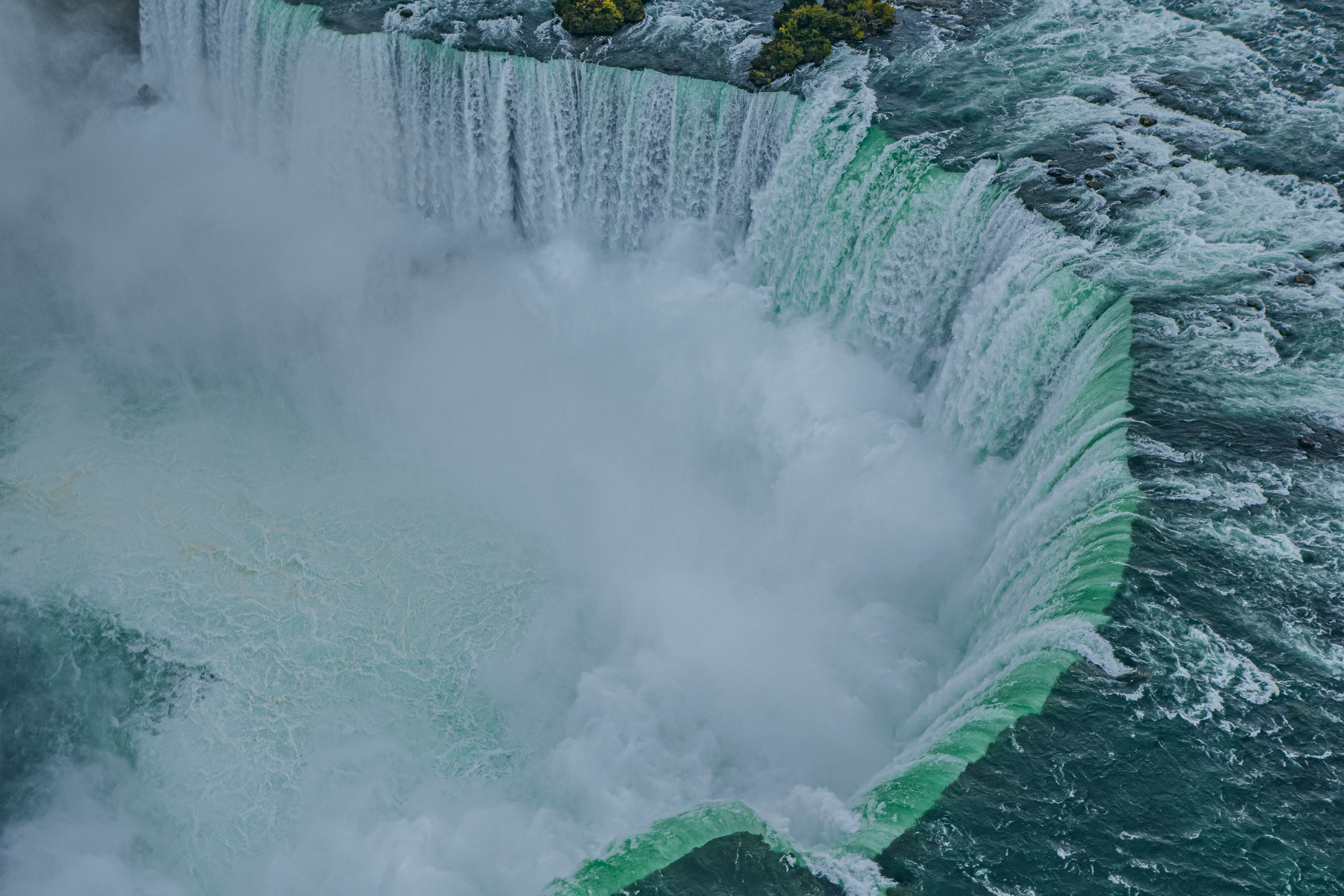
Ontario’s newest must-see visitor attraction, Niagara Takes Flight, to open on August 29 at the brink of Niagara Falls
Niagara Parks invests in new world-class visitor experience opening this summer inside Table Rock Centre, just steps from the Horseshoe...
Read More
